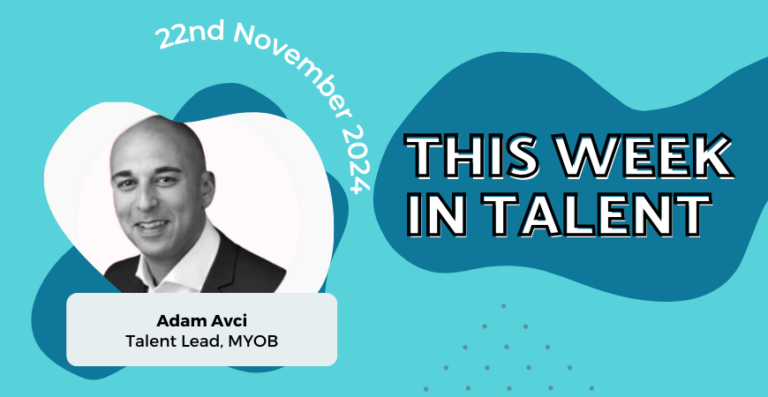The world of Talent has evolved so much in the last 20 years, but seems to have evolved at a much quicker pace thanks to the pandemic.
You see, the original world of recruitment was so transactional that it was perceived by many to be a job that anyone could do. After all, you just post an ad, choose a candidate an offer them the job right??? Well that’s what many hiring managers and HR Business partners thought so many of them just did it themselves.
The world then worked out that it wasn’t about choosing a candidate lucky enough to come and work for us, but it was in fact a matter of convincing candidates that companies were a good proposition when the candidate had multiple companies to choose from. So the role of Talent Acquisition was formed.
By the time the pandemic arrived, some companies moved to titles of Talent Attraction as EVP programs become popular in the race to secure candidates.
I know from my parent’s generation that they felt lucky to work for a company and showed so much loyalty that most people worked for the same company all their careers and had very low expectations on what they were getting out of the job except for a pay packet.
Fast forward to the most recent pandemic and we had candidates shopping around for companies who could meet their list of expectations in job fulfilment. Remote work, gym membership, birthday leave, free lunches and many more benefits that my parents would never have dreamed of.
Maybe this was the shake-up we needed to have? We then had the realisation that it was impossible to bring in international talent so the other alternative was to “grow your own”. This was a concept that had been around for years, but something most companies had placed on their wish list as the task of mapping out what talent employees had seemed such an enormous task.
So this created the emergence of the Talent Manager role which totally made sense. It was a blend of a Talent Attraction/Acquisition Manager with a mix of Learning & Development. Aligning these 2 areas meant we could work closely with the business to establish whether they had existing foundational skills within the organisation to upskill employees in to other roles or whether they look externally.
And there are some great stats on the benefits of Internal Mobility. In a recent article published by LinkedIn in July 2023 “What is Internal Mobility and How to Get it Right” it was stated that “Employees who work at companies with high internal mobility rates end up staying with that organization an average of 60% longer.”
If you get Talent Managers working closely with HR Business Partners and L&D, that’s where the magic happens! You can tackle so many things together, Workforce Planning/Internal Mobility, effective Grad programs, Leadership development and so much more. Each person coordinating this within this HR cohort also feels respected and engaged as there’s nothing more enjoyable than working within a broader team that just has collaboration in spades.
I’ve seen this done well at some companies and in my experience, when TA & the broader HR group aren’t in sync, the whole experience for the business suffers.
I see the role of People & Culture leaders to be one of bringing these functions together to work seamlessly. I also think the pandemic elevated the level of respect for TA teams as they had to work quickly to be as innovative as possible to fill vacancies through a very difficult time with so many challenges and maybe this lead to a more harmonious partnership within HR. Who knows?!
I think the LinkedIn VP of Talent, Jennifer Shappley, sums this up nicely in the Oct 2023 LinkedIn Global Talent Trends report by saying “Employees today want more opportunities to explore new roles and learn new skills. By bringing TA and TD together, you’ll better help both your people and your organization at the same time.”







